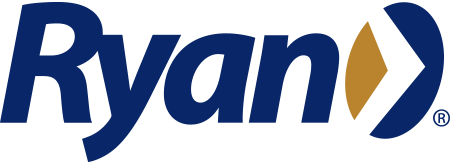


What Qualifying Expenditure on Your Property Can Maximise Your Tax Relief Claim?
20/08/2023


Tax Talk: Who Is the Competent Professional?
06/09/2023By Rachel Brett, Manager, R&D Tax Analysis, at Ryan
HM Revenue and Customs (HMRC) offers two different types of R&D relief, the SME scheme (for small/medium-sized enterprises) and Research and Development Expenditure Credit (RDEC) for large companies.
The SME or the RDEC Scheme?
The basic test to establish whether a company is large (and therefore on the RDEC scheme) or SME is if they have more than 500 employees, then they are large. If they have less than 500 employees, they need to have both a turnover of more than €100 million and €86 million of assets to be large; if they have one and not the other, or neither, then they are SME.
- The staff headcount – 500 employees
- The turnover – €100 million
- The total assets – €86 million
However, HMRC does not like to keep things basic, and if a company has any associated enterprises, the totals of each enterprise need to be added together to form one total for the test.
One example of the requirement to aggregate is when family members own enterprises in the same or adjacent market. HMRC deems lineal family members connected (i.e., siblings, parents, and children), but not non-linear family (i.e., cousins, aunts/uncles, etc.).
Ryan has worked with numerous companies that had this rule implemented. The two examples below explain how much it can affect the company status.
- An example of when this rule meant the company did not meet the SME criteria is a rail construction group. This group was formed of two separate groups in the same trade, each owned by separate brothers. Individually, these groups would qualify for SME status; however, HMRC’s rules regarding connected people mean the company figures needed to be aggregated and the company was considered “large” for R&D purposes.
- On the other side, a food wholesale group, which would qualify for SME relief on its own, had a business relationship with another company in food wholesale. This company was owned by someone with the same surname as the owner of the group. Upon further research, it transpired that the owners were brothers, but had recently passed the businesses onto their children, meaning cousins now owned the two groups. Therefore, the company totals now did not need to be aggregated, and the claim was made under the SME scheme.
Often, it is not immediately apparent how individuals are related, and this must be requested from the client, so no erroneous assumptions are made. Ryan has found in the past that judgements made by some accountancy firms have meant the client would have missed out on the SME benefit they were due had Ryan not intervened. This, among many nuanced pieces of legislation, shows it is important to partner with an R&D specialist like us, and we will claim the correct benefit.

